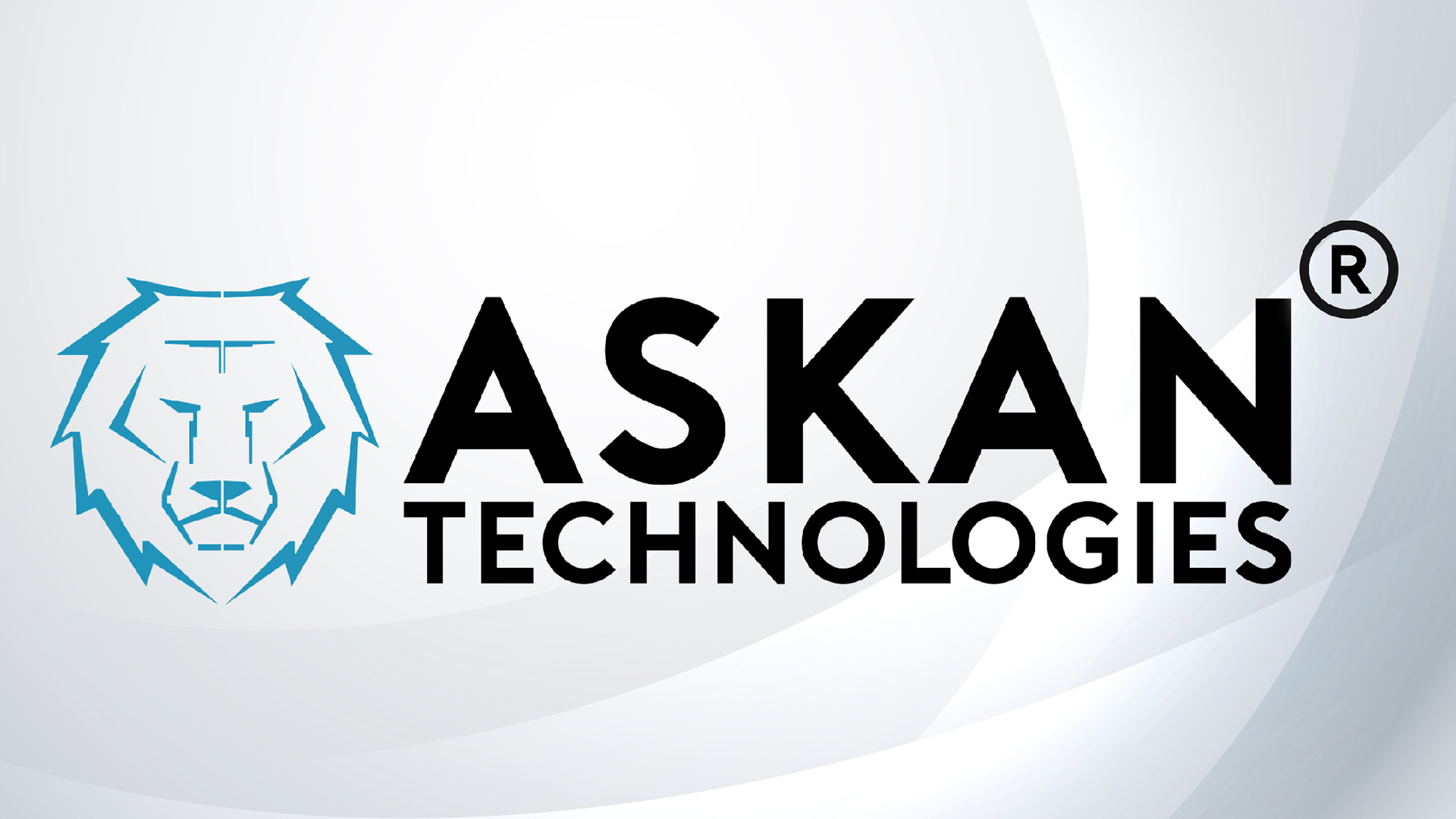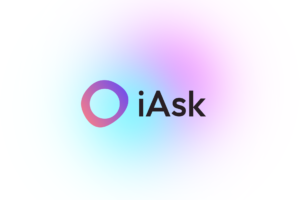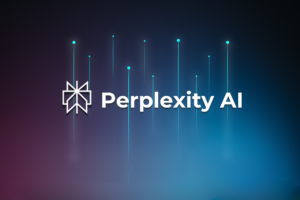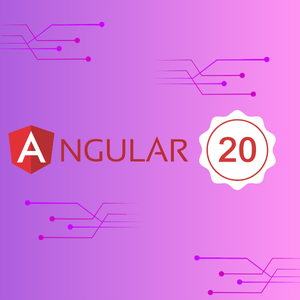In an era where technology dictates progress, Artificial Intelligence (AI) emerges as the linchpin of innovation, with ChatGPT standing at the forefront.
This revolutionizing tool has not only redefined human-computer interaction but also carved out new pathways for accelerating product development cycles.
With recent statistics showing a significant surge in AI adoption, where 77% of the devices we use today incorporate some form of AI, ChatGPT's role becomes increasingly pivotal.
As companies vie to stay ahead in a hyper-competitive market, leveraging ChatGPT for innovation offers a distinct advantage in crafting cutting-edge solutions at an unprecedented pace.
1. The Foundations of Innovation with ChatGPT
At its core, ChatGPT harnesses the power of AI, Machine Learning (ML), and Natural Language Processing (NLP) to understand, mimic, and generate human-like text responses.
This capability is not just a technological marvel; it's a gateway to boundless creativity and idea generation. With ChatGPT, innovators and developers can quickly ideate, prototype, and iterate, turning abstract concepts into tangible products in a fraction of the time traditionally required.
The transformative potential of ChatGPT in fostering innovation is evident across various sectors. Take, for example, the healthcare industry, where AI-driven tools have streamlined patient data processing, diagnosis, and treatment plans.
Similarly, in the realm of software development, companies like Askan Technologies leverage ChatGPT to aid in coding, bug fixes, and even complex system architecture design, demonstrating the versatile applications of this AI in driving forward technological advancements.
Askan Technologies, renowned for its innovative approach and commitment to excellence, embodies how integrating ChatGPT can streamline processes, enhance efficiency, and foster a culture of continuous improvement and innovation within the tech industry.
2. ChatGPT in Product Development
Delving deeper into the role of ChatGPT in product development unveils a landscape where efficiency meets creativity.
From ideation to launching, ChatGPT assists in every phase, making the development process more agile and responsive to market needs. For instance, in product design, leveraging ChatGPT can significantly enhance concept exploration and validation.
Designers can interact with ChatGPT to refine ideas, explore design alternatives, and even predict user preferences, ensuring that the final product resonates well with the intended audience.
A prime example of ChatGPT's impact on product development is seen in the automotive industry.

Tesla, a pioneer in electric vehicles, utilizes AI and machine learning to iterate design prototypes rapidly, analyze market data, and incorporate customer feedback into future models.
This iterative, AI-driven approach not only accelerates the development cycle but also ensures that the end products are innovative and closely aligned with consumer expectations.
3. Enhancing Product Management and Business Analysis with ChatGPT
In the realm of product management and business analysis, ChatGPT emerges as a powerful ally. It aids in sifting through vast amounts of data to glean actionable insights, making market analysis and customer behavior studies more accurate and less time-consuming.
ChatGPT can simulate customer interactions, provide market forecasts, and even suggest strategic product placements, empowering businesses to make informed decisions swiftly.
Amazon's use of AI and NLP to analyze customer reviews and feedback showcases how technology can pinpoint areas for improvement and innovation.
This not only enhances product quality but also customer satisfaction, as companies can rapidly adapt to consumer needs and preferences.
4. Accelerating the Product Development Process
Adopting ChatGPT in the product development process heralds a new era of agility and innovation. By integrating AI tools into agile development methodologies, companies can undertake rapid prototyping and iterative design processes with unprecedented speed and efficiency.
ChatGPT facilitates seamless team collaboration, bridging the gap between technical and non-technical members, and ensuring that all stakeholders have a comprehensive understanding of the project at every stage.
In the sphere of software development, Spotify's agile development approach, coupled with AI and data analytics, exemplifies how continuous iteration and user feedback integration can lead to the creation of highly personalized and engaging user experiences.
ChatGPT's role in facilitating these processes underscores its importance in not just accelerating development cycles but also in enhancing the quality and relevance of the final product.
5. The Future of Product Development with ChatGPT
As we venture further into the future, the integration of ChatGPT in product development is poised to redefine the innovation landscape.
This AI-driven approach not only accelerates the innovation cycle but also democratizes the development process, enabling startups and established companies alike to harness the power of AI for creative problem-solving and product innovation.
The continuous improvement facilitated by ChatGPT ensures that products remain cutting-edge and highly relevant to evolving market demands.

A noteworthy example of ChatGPT's forward-looking application is in the field of education technology. Duolingo, a leading language learning platform, leverages AI to tailor learning experiences to individual users.
Through continuous data analysis and feedback loops, Duolingo refines its courses, making learning more effective and engaging. This iterative process, powered by AI like ChatGPT, exemplifies how continuous innovation can lead to sustained growth and success.
6. Real-world Applications and Success Stories
Across industries, the stories of success with ChatGPT are many and varied. One illustrative case is Adobe's use of AI and machine learning in its Creative Cloud suite.
By integrating these technologies, Adobe has introduced features like auto-tagging and content-aware fill, drastically reducing the time and effort required for content creation and editing.
Such innovations not only enhance user experience but also encourage creative exploration, showcasing the symbiotic relationship between AI and human creativity.
In the realm of startups, the story of OpenAI itself, the creator of ChatGPT, serves as a powerful testament to the potential of AI in driving product development and business growth.
By focusing on AI's ethical and innovative applications, OpenAI has pioneered research and development in AI, pushing the boundaries of what's possible and inspiring countless others to explore AI's potential in their projects.
AI isn't just for creativity—it's a game-changer for sales too! Learn how ChatGPT can boost engagement and close deals effortlessly.
7. Wrap-Up
ChatGPT represents a paradigm shift in how we approach product development and innovation.
By integrating this powerful AI into the development cycle, companies can not only accelerate their processes but also enhance creativity, problem-solving, and user engagement.
The era of AI-driven development is not just about efficiency; it's about opening new doors to innovation and making technology more accessible and impactful.
As we look to the future, embracing ChatGPT and AI technologies is not merely an option but a necessity for staying competitive in a rapidly evolving digital landscape.











ChatGPT for Innovation: Accelerating Product Development Cycles
In an era where technology dictates progress, Artificial Intelligence (AI) emerges as the linchpin of...
Share this link via
Or copy link